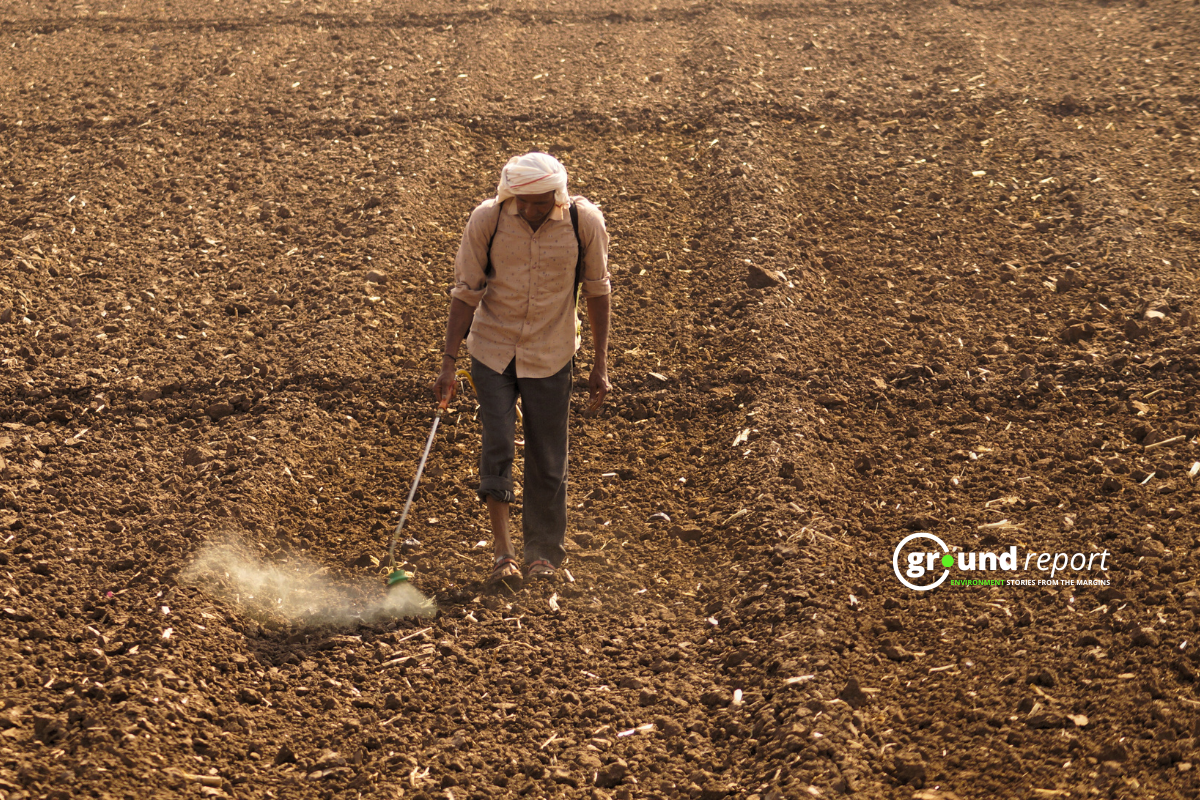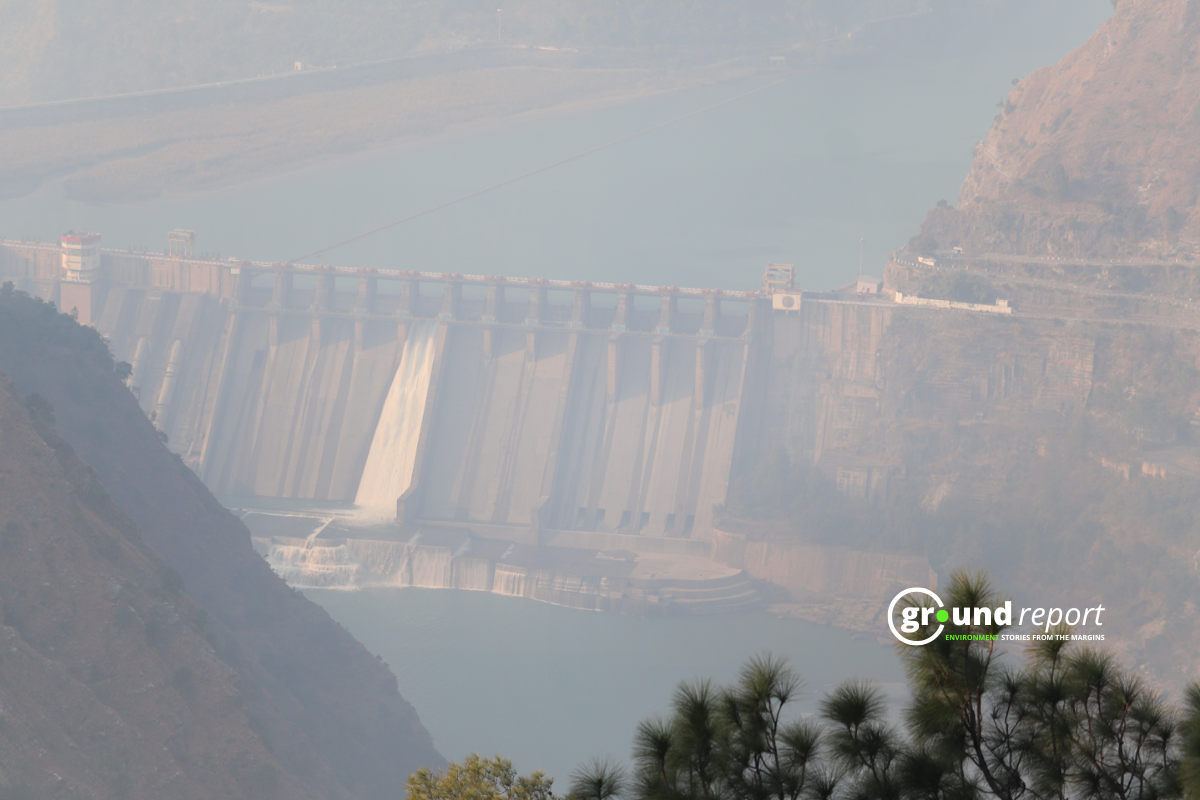The temple spring complex is affectionately known as Kheer Bhawani because of the thousands of devotees who have offered milk and ‘Kheer’ to the sacred spring, which magically changes colour, turning black which warns of disaster.
The temple of Kheer Bhawani is situated at a distance of 14 miles east of Srinagar against the background of natural sight near the village of Tula Mula. This temple, is located in the middle of a spring, around which there is a vast area whose floor has been covered with smooth and beautiful stones. In it exist large and old chinar trees beneath which the pilgrims sit or sleep on mats of grass. The colour of the spring goes on changing
Divisional Commissioner (Div Com) Kashmir, Pandurang K Pole Monday convened a meeting to review arrangements for Mela Kheer-Bhawani to be celebrated in Ganderbal, Kupwara, Kulgam and Anantnag districts. The meeting was attended by Deputy Commissioners of Ganderbal, Kupwara, Kulgam & Anantnag; Relief Commissioner, Migrants; Officers from FCS&CA, Transport, KPDCL, Jal Shakti, I&FC, Police, Traffic and other concerned departments.
On the occasion, the Divisional Commissioner directed the Deputy Commissioners for making necessary arrangements for uninterrupted power and drinking water supplies, transport, foolproof security, fire tenders, ration, bedding, medical camps, mobile lavatories, fire tenders and additional accommodations besides ensuring road repairs and medical facilities at the temples before June 06.
For hassle-free transportation services to the pilgrims, Relief Commissioner and SRTC was directed to deploy adequate number of buses to ferry the visitors to the temples especially to Tulmullah.
Tourism department was asked to provide 3000 blankets, tents and sleeping bags at Tullmullah, besides SDRF with civil defence personnel were asked to deploy their personnel at the places.
Also, Div Com asked officers of Irrigation and Flood Control department to carry out de-sliting work of Tulmullah canal.
He directed the Health Department to establish medical camps at temples besides FCS&CA shall make LPG and ration available.
Pole asked PDD and PHE Engineers to repair all damaged lights and water connections on priority basis before the commencing of the festival. He also asked to deploy gen sets, water tankers and storage tanks at the festive places.
Moreover, he emphasized on providing lavatories at the sites and maintenance of sanitation.
The Divisional Commissioner asked all Deputy Commissioners of the Valley to hold separate meetings with Pandit Communities to finalize smooth and hassle-free arrangements of the Mela in their respective districts
kheer Bhavani temple history
The term kheer refers to rice pudding that is offered in the spring to propitiate the Goddess, which became part of the name of the temple. As is the custom with Hindu deities, she has many names: Maharagya Devi, Ragnya Devi, Rajni, Ragnya Bhagwati, and so on.
It is the most important temple for the Kashmiri Hindus in Kashmir, known as the Kashmiri Pandits. Around the temple is an area covered with smooth and beautiful stones. In it are large, old-growth chinar trees beneath which the pilgrims sit or sleep on mats of grass. While most of the colours do not have any particular significance, the colour of the spring water changes occasionally.
When black or darkish, it is believed to be an indication of inauspicious times for Kashmir. In 1886, Walter Lawrence, the-then British settlement commissioner for land, during his visit to the spring, reported the water of the spring to have a violet tinge.
The mention of Kheer Bhawani is found in Kalhana’s Rajtarangini. Kalhana writes that the sacred spring of Tula Mula is situated in a marshy ground. The name of the spring is Mata Ragini Kund. Maharagini is the form of Durga Bhagvati. The Brahmins of Kashmir worship this spring and pilgrims from every comer of the country visit to have the darshan of the place.
In Rajtarangini Tula Mula is considered very sacred and the Brahmins of Tula Mula were very great and powerful. The spring of Maharagya was very sacred. Thousands of years ago many floods occurred in Kashmir and the sacred spring of Tula Mula also was inundated under its sway and the holy place could nowhere be traced. All around was water. At last Kashmir’s Yogi Krishna Pandit had a dream in which the goddess appeared to him and ordered that she would swim in the form of a snake at the proper place and that he should stick large poles and when the water subsided there the holy spot was discovered. This event happened during the Samvat 4041.
The mention of this temple is also found in Abu-i-Fazal’s book Aini-Akbariin which is written that the area of Tula Mula extended over the area of hundred bighas of land, which got sunk in the summer season and formed into a marsh. Swami Rama Tirtha and Swami Vivekananda also visited here to have the darshan of the place. With the pouring of milk and throwing of sugar candy in the spring by the pilgrims, a thick and solid layer was formed at its bottom. When it was cleared, the ruins of an old temple and shrine slabs engraved with figures were discovered. Here many images were also found but nobody rebuilt the temple till the Samvat 1969 when Maharaja Pratap Singh who was the disciple and worshipped this goddess, got a marvellous temple of marble made in the midst of the spring which shines like a pearl in a shell.
Some people are of the opinion that there was a mulberry tree near holy spot of Kheer Bhawani which, in Kashmiri, is called Tul Mul. But Tul Mul is also derived from the Sanskrit phrase-Tul Muli-that is of great value. This means that all other pilgrim centres are of lesser value than this one. It is said that after Ravana finished the worship of the goddess he offered the kheer (rice pudding) to the goddess which she accepted and since then it is called Kheer Bhawani.
Folklore
Pandit Prasad Joo Parimoo, a Kashmiri pandit, is believed to have been a grahasta (house-holder) saint of tall order and as such his peers would call him Jada Bharata, who was a legendary saint of Puranas times. He used to live in Sekidafer area of Srinagar in Kashmir.
He was married but didn’t have any children so he is said to have finally adopted a son named Madhav Joo. He would regularly meditate at this holy spring and during one such occasion, while being in a meditative trance (samadhi), he is said to have had a vision of the deity of Mata Kheer Bhawani, who reprimanded him for his hasty decision of going for an adoption when she was herself desirous of taking birth in his family as his daughter.
Nonetheless, she is said to have blessed him with the boon and eventually Pandit Prasad Joo Parimoo’s wife did give birth to a daughter, who was named Haar Maal. The approximate year of her birth would be 1870-1880 (see notes).
In the course of time, Smt Haar Maal got married to Pandit Narayan Joo Bhan and gave birth to a son in 1898 who later came to be called Bhagwan Gopinath during his lifetime.
What local Muslims said about Kheer Bhawani
Mela Kheer Bhawani: The devotees of the Goddess fast and gather here on the eighth day of the full moon in the month of May/ June (The Annual Festival, held here, is a public holiday in Kashmir) when, according to belief, the Goddess changes the colour of the spring’s waters, which are ascribed to different manifestations of the Goddess. Turning of the colour into shades of black is supposed to signal approaching disaster.
Be it Hindus or Muslims, devotees from all across India throng the temple during the Kheer Bhawani festival.
“Devotees from all walks, places and faiths come here to make offerings and we get to meet everyone. I appeal to everyone who comprise our Kashmiri Pandit brothers too, without whom we are incomplete. That if peace is to be restored in Kashmir, then everybody should come back home.The Kashmiri Pandits, even if they revolt against us. They have all the right to do so and also to place their thoughts before everyone,” said Sahkir Bashir, a Muslim devotee.
Among the thousands of devotees are many Hindu Kashmiri Pandits who migrated from the state when terrorism was at its peak in the valley. Many of them have now settled in other states. However, for many of them, the annual pilgrimage to this temple is a sort of homecoming, a return to their roots.
It is at Kheer Bhawani temple that the age-old tradition of communal harmony comes to the fore front as the local Muslims set up stalls for the convenience of Kashmiri Pandits who visit the temple.
According to the legend, there were 360 springs surrounding the main spring but all of these seem to have disappeared as the land has become marshy all around.
Support us to keep independent environmental journalism alive in India.
Keep Reading
The costliest water from Narmada is putting a financial burden on Indore
Indore’s Ramsar site Sirpur has an STP constructed almost on the lake
Indore Reviving Historic Lakes to Combat Water Crisis, Hurdles Remain
Indore’s residential society saves Rs 5 lakh a month, through rainwater harvesting
Follow Ground Report on X, Instagram and Facebook for environmental and underreported stories from the margins. Give us feedback on our email id greport2018@gmail.com.
Don’t forget to Subscribe to our weekly newsletter, Join our community on WhatsApp, and Follow our YouTube Channel for video stories.






